43+ Sample Working Agreements
-

Working Group Participation Agreement
download now -
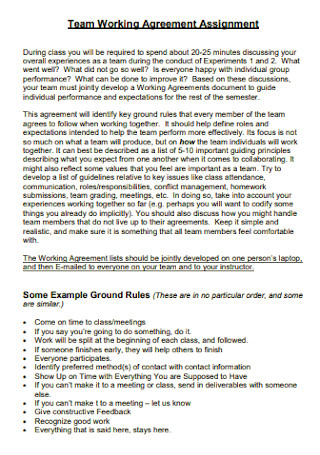
Team Working Agreement Assignment Template
download now -
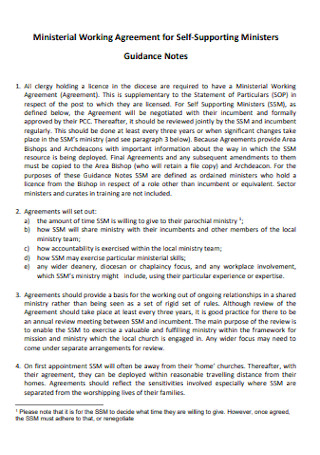
Working Agreement for Self-Supporting Ministers
download now -
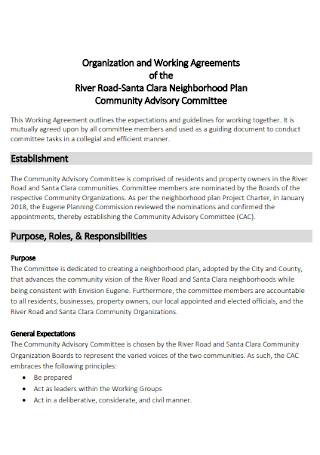
Organization and Working Agreements
download now -
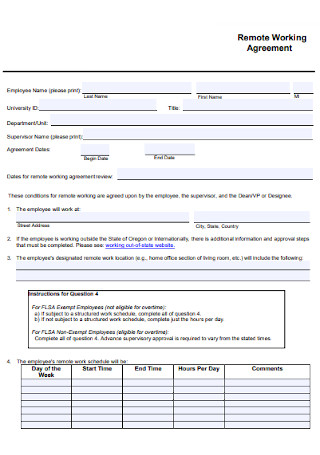
Remote Working Agreement
download now -
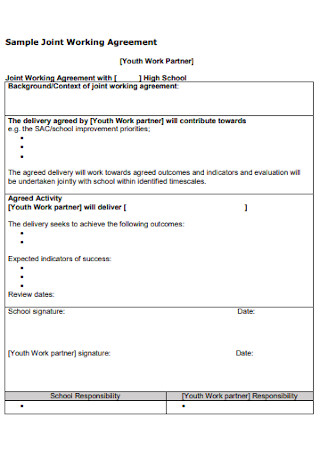
Sample Joint Working Agreement
download now -
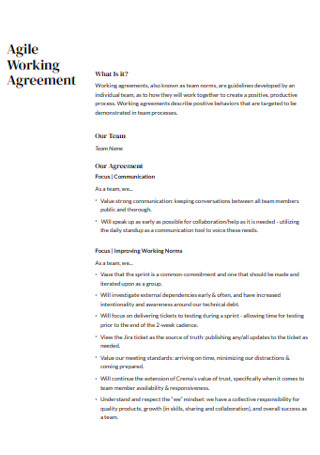
Agile Working Agreement
download now -
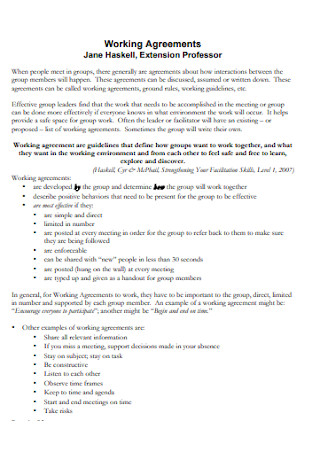
Working Agreement Fomat
download now -
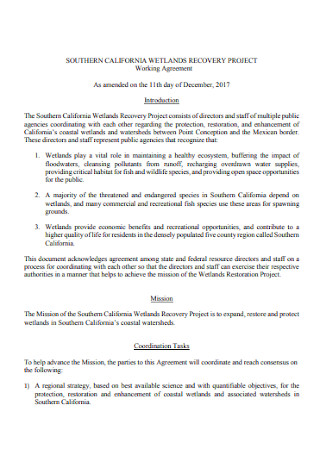
Project Working Agreement
download now -

Joint Working Agreement Template
download now -
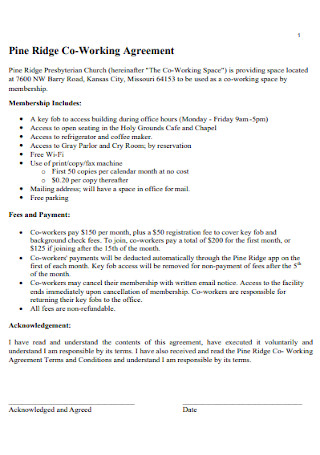
Pine Ridge Co-Working Agreement
download now -
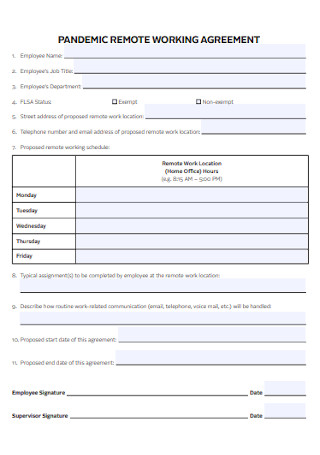
Pandemic Remote Working Agreement
download now -
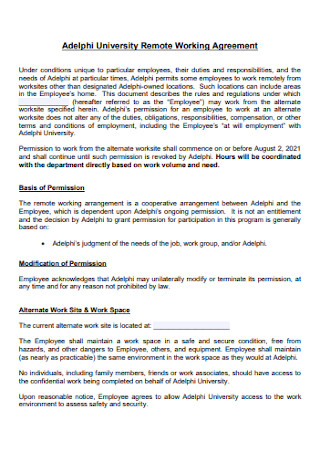
University Remote Working Agreement
download now -
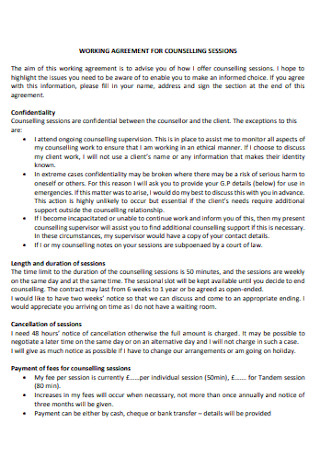
Working Agreement for Counselling Sessions
download now -
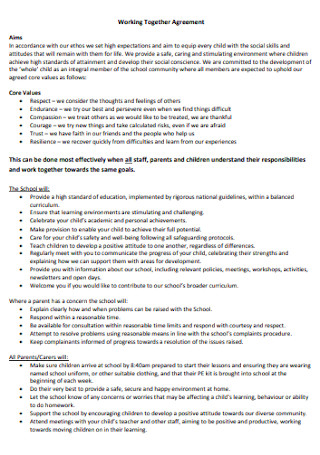
Working Together Agreement
download now -
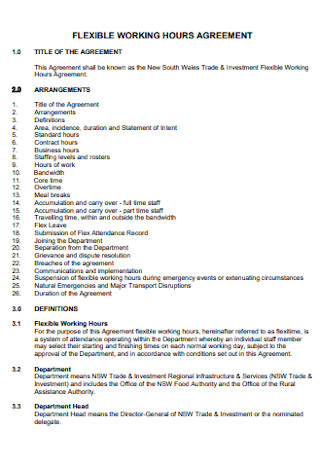
Flexible Working Hours Agreement
download now -
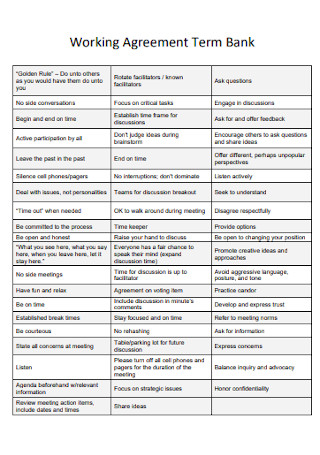
Working Agreement Term Bank
download now -
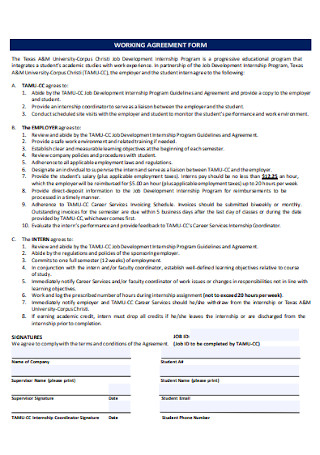
Working Agreement Form
download now -
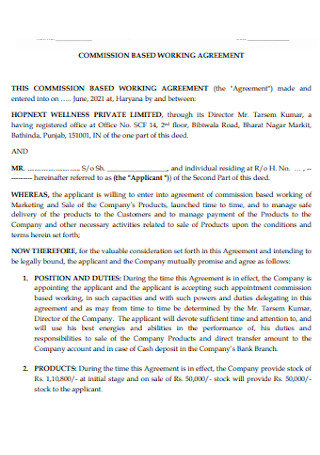
Commission Based Working Agreement
download now -
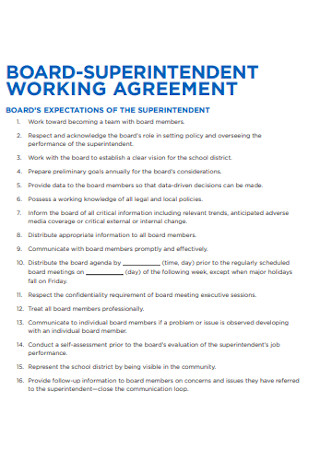
Board Superintendent Working Agreement
download now -
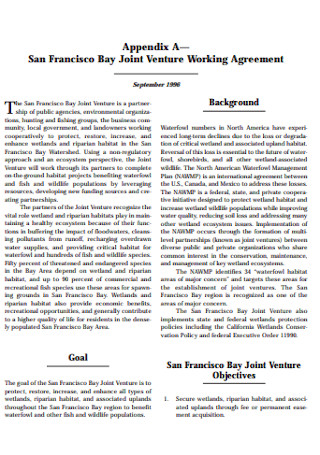
Joint Venture Working Agreement
download now -
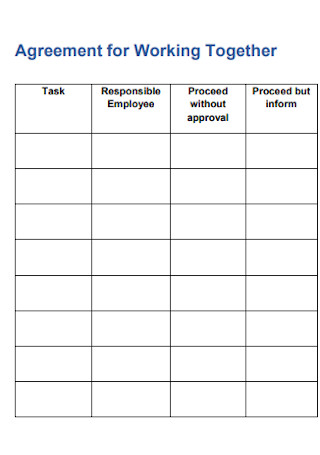
Agreement for Working Together
download now -
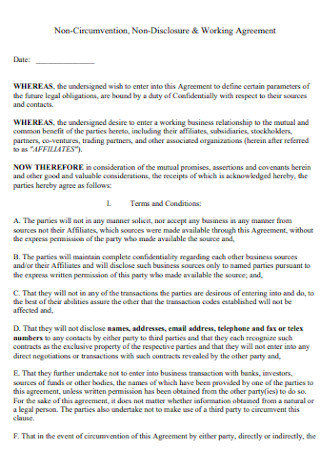
Non-Disclosure and Working Agreement
download now -
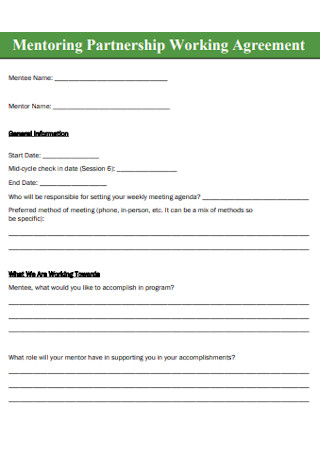
Mentoring Partnership Working Agreement
download now -
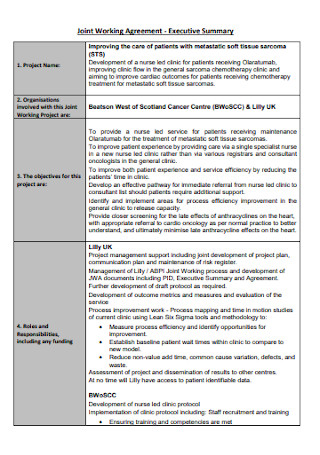
Joint Working Agreement Template
download now -
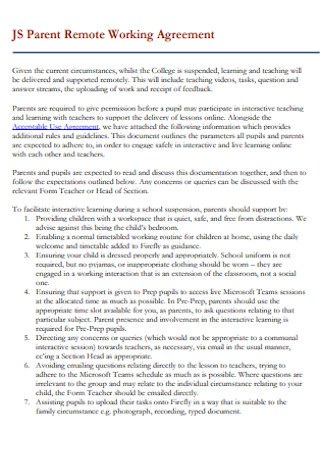
Parent Remote Working Agreement
download now -
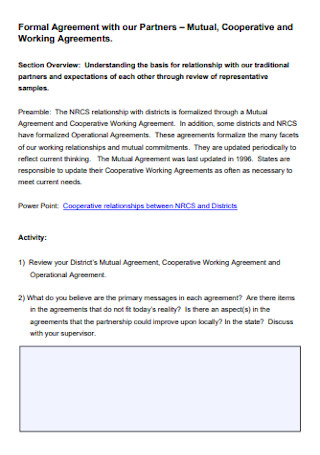
Cooperative and Working Agreement
download now -
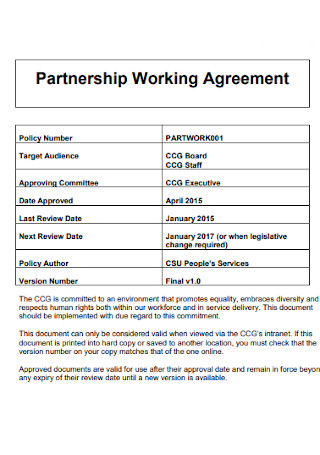
Partnership Working Agreement
download now -

Simple Working Agreement
download now -
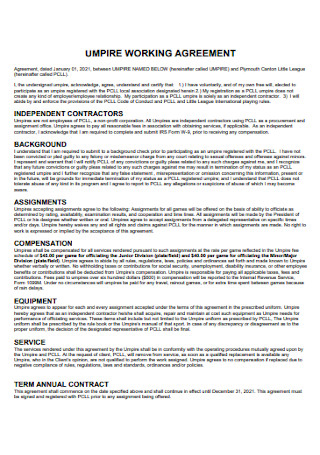
Umpire Working Agreement
download now -
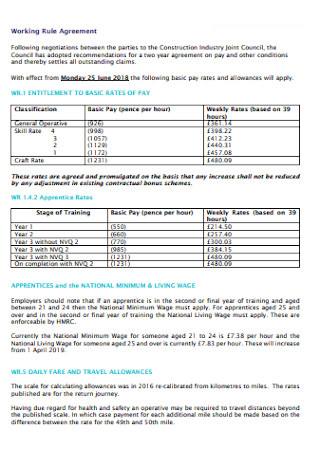
Sample Rule Agreement
download now -
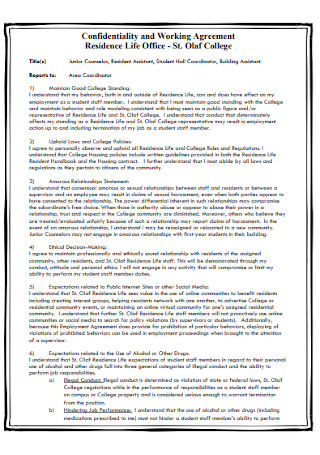
Confidentiality and Working Agreement
download now -
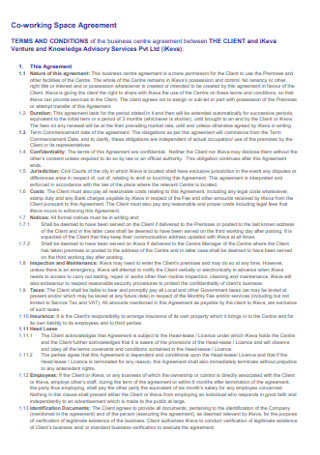
Co-working Space Agreement
download now -
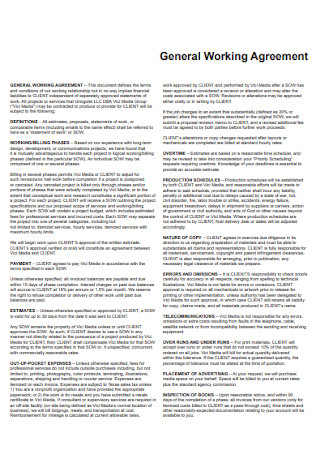
General Working Agreement
download now -

Volunteer Working Agreement Form
download now -
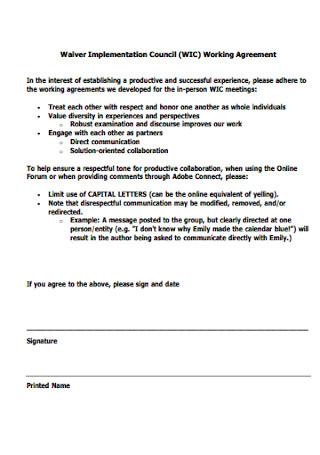
Waiver Implementation Council Working Agreement
download now -

Ways of Working Agreement
download now -
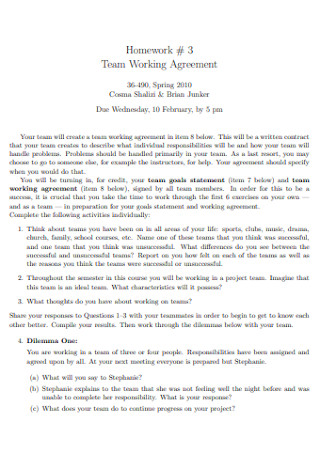
Team Working Agreement
download now -
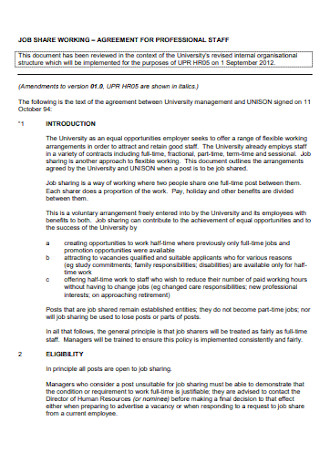
Job Sharing Working Agreement
download now -
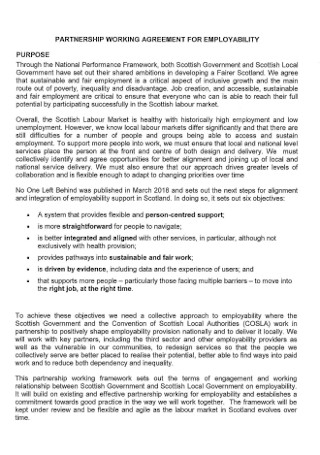
Partnership Working Agreement for Employability
download now -
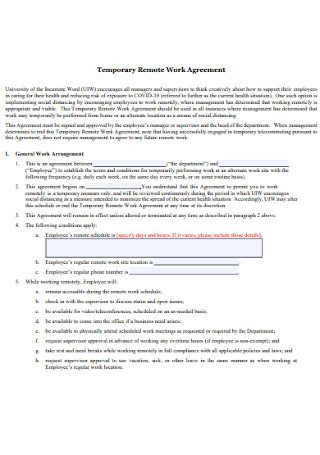
Temporary Remote Work Agreement
download now -
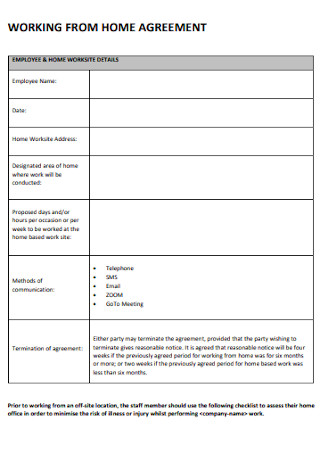
Working From Home Agreement
download now -
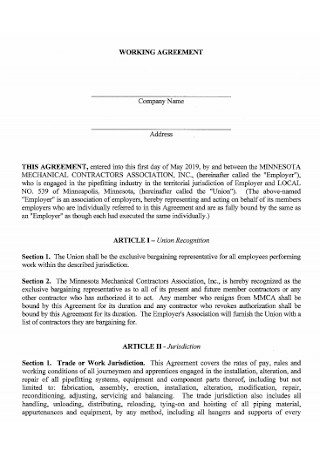
Standard Working Agreement
download now -
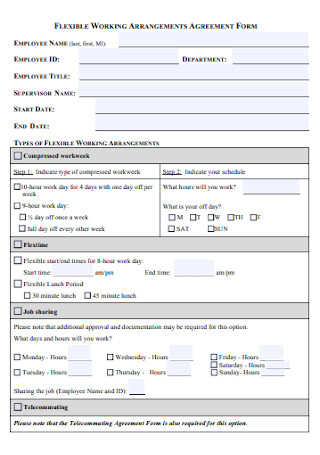
Working Arrangements Agreement Form
download now
FREE Working Agreement s to Download
43+ Sample Working Agreements
What is a Working Agreement?
Different Types of Working Agreements
Benefits of Writing a Working Agreement
Basic Features of a Working Agreement
How to Create a Working Agreement
FAQs
What are the essential methods of creating a working agreement for a team?
What are the main features of a working agreement?
What are different types of working agreements?
What are the benefits of writing working agreements?
What is a Working Agreement?
A working agreement is a formal written legal document presenting a contract between a client and a professional service provider or a company which provides several kinds of products and services. This document is a fundamental tool in setting up the terms and conditions for the business transaction concerning the development and execution of a specific project or work. It is usually created by a person who has professional skills, talents, and competencies in a single area or in multiple fields.
According to a survey report, 80% of business leaders plan to allow employees to work remotely at least part of the time after the pandemic while 47% will allow employees to work from home full-time. Thus, if you need to start working remotely from time to time or work from home full-time, the first thing you need to accomplish is preparing a clear and concise working agreement.
Different Types of Working Agreements
The book Rethinking Workplace Regulation: Beyond the Standard Contract of Employment stated that working relationships have become increasingly unstable in major industrialized countries and the instability is undermining the regulations that organize and govern labor markets and employment relationships. That’s why working individuals are greatly experiencing the debilitating social, political and psychological effects of heightened economic insecurity and inequality. However, there are a wide array of working agreements that you can select from depending on what you decide to work on. Below are different types of working agreements:
1. Agile Working Agreement
Do you need to list out a group or team’s significant roles and responsibilities? An agile working agreement is a written contract which takes implicit agreement and turns it into explicit so that the agile team can stay aligned and organized throughout the time duration of a specific project. You can use this type of agreement especially when your team is spinning something up and forming together. We recommend that you create this agreement at the very beginning stage of a project because your team may more likely to have preconceived ideas of how the team will work, as well as better structuring the lifecycle of the project.
2. Remote Working Agreement
A recent survey stated that 65% or respondents prefer to be full-time remote workers after the pandemic while 31% prefer a hybrid remote work environment, bringing the overall rate of 96% who want some form of remote work. Due to the current situation, the work landscape has dramatically changed. There are many employers and employees who perceive remote work in a positive light. Also, a majority of the workers today search for a better work-life balance. So, we suggest that you structure a compelling working agreement for your preferred remote working. In this way, you can appropriately discuss matters and make an agreement with your employer.
3. Co-working Space Agreement
Mathias Schuermann wrote in the book Coworking Space: A Potent Business Model for Plug ‘n Play and Indie Workers that co-working spaces are spreading in a vast number in European and North American countries. These spaces share five basic values of collaboration, community, sustainability, openness and accessibility. Some founders explained that co-working spaces are deeply connected networks that consist of freelancers and micro-businesses that strive to support each other. Plus, there exists a building of networks for knowledge sharing, innovation and continuing education to assist the coworkers in their enterprises. If you want to work in a co-working space or set up an enterprise in a co-working space, then you will need to create a co-working space agreement.
4. Flexible Working Agreement
Do you want to have greater scheduling freedom when it comes to fulfilling your responsibilities in your work? Flextime, telecommuting, job-sharing and compressed work weeks are some examples of flexible working arrangements. These unique arrangements are important in assessing the challenges and difficulties of various employees, especially in balancing their family obligations and work duties. By turning to these modern work programs, many business firms and organizations have benefited in retaining employees, reducing absenteeism, strengthening commitment, increasing employee loyalty, promoting work efficiency and productivity, and more. Developing a flexible working agreement will enable you to work at ease and comfort while balancing your life and work priorities consciously.
Benefits of Writing a Working Agreement
Are you working on a contractual, full-time, or freelance basis? It is important that you negotiate contract terms and conditions very carefully, especially when it comes to legal liability in the work process and execution of the work or project for the client. So, what are the benefits of writing a working agreement for several projects and business work? Below are some of the benefits of writing a working agreement:
1. Providing Important Details
Length of the work project, professional working fee, promotion, extra working benefits, resolution of disputes, confidentiality, and many others are some important details that are being provided in a working agreement. This will help both the service provider and the client to be aware about the crucial aspects of the agreement. For example, this document can specify the start and end dates of a particular work or project, as well as indicating how many hours the worker is to work per day, per week, or per month. Also, it can determine how much the worker is to be paid in a given time frame
2. Maintaining Clear Negotiation
By having awareness and understanding on why a specific provision has been included and what it accomplishes, the service provider is able to maintain a clear negotiation when introduced with someone else’s working agreement. Also, the service provider knows what is and is not worthwhile. When working agreements are presented to a client, changes may be requested. Both parties can negotiate on the given provisions before the work starts, allowing the working relationship to move forward without either party having to address problems and concerns later on. That’s why this bigger structure of agreement should be kept in mind at all times when negotiating, and negotiation demands the sufficient consideration and full willingness on the part of the service provider.
3. Facilitating Cooperation
Jonathan Pearson said: “Cooperation doesn’t happen for the benefit of one person or to put one person on a pedestal and have them run the show…Cooperation is thinking of others, hearing others, and finding middle ground. Cooperation is realizing where many can benefit from many different voices. Cooperation is knowing that many can grow by many getting to participate. Cooperation is a necessary shift.” A clear and well-structured working agreement facilitates cooperation within both parties involved in the work or project because the terms and conditions of the agreement are binding and cannot be unilaterally revoked or altered.
4. Emphasizing Credibility
A working agreement also plays a significant role in emphasizing credibility. It should convey the potential client that the service provider is responsible and efficient in finishing the overall work or project. So, make sure that you indicate possible risks or complications in the working agreement and explain thoroughly on how you would assess those issues and obstacles that disrupt your process at work.
5. Setting Realistic Expectations
A formal written document of working agreement is great and well-recommended in setting realistic expectations concerning what is necessary of each party. Additionally, it makes certain aspects in the agreement clear and direct when it comes to the specific thing the client must accomplish, especially when the service provider exceeds expectations.
Basic Features of a Working Agreement
In this section, you will learn how to construct a remarkably written and simple working agreement for freelancers, part-timers, contractors, volunteers, collaborators, and full-timers. However, a working agreement has different features. Include the following elements for you to create a simple yet structured piece of writing:
How to Create a Working Agreement
While creating a working agreement, each party gives something of great significance to the other party. This is referred to as the exchange of consideration which can take many forms which includes the giving of money or a product or service or the promise to develop a specific product or execute a specific project or pay for a specific kind of product or service in the future. In this matter, we suggest that you follow the simple steps below while freely using one of our working agreement templates in this article:
Step 1: Specify the Important Details of the Agreement
The first step is to specify the important details of the agreement established by the professional service provider, or business firm. Include the names of the service provider and the client, age, full business or home addresses, contact numbers, etc. Also, it is important to avoid typographical errors, particularly in the spelling of the personal information of both parties. So, verify the details in the contract to prevent you from having unexpected issues like legal contract problems.
Step 2: Explain the Overall Scope of the Project or Work
One of the integral parts of a working agreement is the scope of the project or work. So, explain thoroughly the overall scope of the project or work to the client such as the valuable solutions, concept ideas, inspiration, methodology and processes, and other factors that will help in fully accomplishing the project or work for the client.
Step 3: Indicate the Specific Dates of Agreement
The third step is you should write the specific dates in the working agreement along with other significant dates to take note. For example, the start and end dates of responsibilities for a specific project.
Step 4: Provide the Timeline and Financial Budget
Disintegrate every bit and piece of the processes made to complete the project into its separate components so that you are able to outline the timeline of the project or work. Create an estimate of the financial budget of the project or work that you or the employer require in order to start the production or development of the project. Provide a run-down of the cost for the given work including research and development fees, production costs, manufacturing costs, and other miscellaneous fees.
Step 5: Maintain Clarity and Conciseness
When it comes to writing formal agreements and contracts for business and other legal issues, it is highly recommended to maintain clarity, and conciseness through the words, terms, and phrases that you will place in the document. Avoid the use of ambiguous or colloquial words. Instead, use words that can be easily comprehend by the readers while aligning the style and tone of the words in a professional manner.
Step 6: Prepare the Final Draft
Last but not the least, prepare the final draft of the working agreement. We suggest that you attach any supporting documents that will be beneficial in the project or given work as well. Schedule a meeting with the members of your business firm and/or the prospective client or company who will receive your working agreement form. Also, you may ask for some assistance from editors and proofreaders or use some editing and revising tools for necessary proofreading and revision of your legal document.
FAQs
The essential methods of creating a working agreement for a team are establishing the tone and direction, creating a shared memory while highlighting significant details and events, thinking outside the box, maintaining clarity and conciseness, and using words and terms in a professional way.
What are the essential methods of creating a working agreement for a team?
The main features of a working agreement are complete names of the service provider and the client, a simple and concise overview of the service, pricing, timeline, deliverables, and terms and conditions of the service, inclusions and other terms and conditions.
What are the main features of a working agreement?
The different types of working agreements are working group participation agreement, team working agreement, working agreement for self-supporting ministers, organization and working agreements, remote working agreement, joint working agreement, agile working agreement, project working agreement, pandemic remote working agreement, university remote working agreement, working agreement for counselling sessions, working together agreement, flexible working hours agreement, commission based working agreement, mentoring partnership working agreement, and many more.
What are different types of working agreements?
The benefits of writing working agreements are providing the important details such as the length of work, working fee, resolution of disputes, confidentiality, and many more, maintaining clear negotiation, facilitating cooperation, emphasizing credibility, and setting realistic expectations.
What are the benefits of writing working agreements?
A statistical study conducted by ConnectSolutions stated that 77% of those who work remotely at least a few times per month show increased productivity, with 30% individuals who are working in less time and 24% are working in the similar period of time. Despite the challenges and obstacles that many workers are facing nowadays, working from home appears to be more effective than the typical office setting. If you prefer to switch from working at the office to working from home, we have some sample working agreements that you can use in this article. In order to maintain clear negotiation, emphasize work credibility, facilitate cooperation, and set realistic expectations, follow the aforementioned tips and steps here so that you are able to craft a working agreement. Plus, download our sample working agreement contract samples here today!
